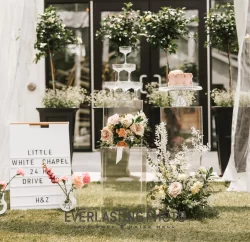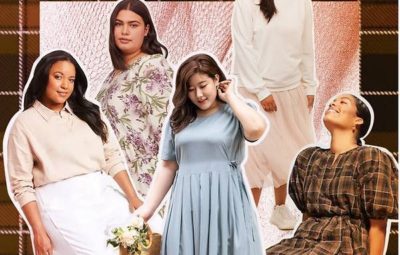
All these years, people have strived and thrived to make sure that all people, no matter the gender, color, caste, or even disability have access to Pittsburgh clothing and apparel. There are many dressing options available for the latter that entails visually impaired too. And for them specifics cues are made which helps them identify their clothes in their closet. These days the blind and visually impaired people can easily identify the clothing before they reach for their closet. Follow these tips when it comes to donning the adaptive clothing by Ovidis.
- Clothing Identification
Most of these clothes will have at least one way to differentiate it from the other on the basis of feel. They will have many buttons, fabric or texture. Some dresses will have belts or different kinds of pockets. The feel helps the blind people tell the clothes apart.
- Labeling system
Braille readers can tell apart their clothes with the braille labels that help them to match the various articles of clothing. Braille tags are available commercially and make the identification easy. These tags are tiny metal tags bearing color and pattern words. The tag is sewn onto the tag or inside the clothing seam. The tags annoy the skin so always sew them to the bottom hem if wanting to hide them. Brailling should be done on a durable but not too thick plastic. For non-braille, buttons of many shapes are used to match items or a specific shape to identify a color.
But before you proceed, follow these organizational methods
- Always use tactile cues like cut, texture, style and button design. When you use these cues, it can help you identify many clothing articles without needing them to be labelled.
- Always place a matching outfit together on a single hanger like suit, belt, shirt, tie, and slacks)
- Always group similar clothing articles together. Keep all slacks in one part of the closet and all shirts in another closet.
- Always use egg cartons or plastic ice cube trays to arrange tiny items like accessories and jewelry.
- Always use Ziploc bags to segregate socks and hosiery.
- Always keep a place reserved for each item.
- Always keep the items in the same place each and every time
- Always return all the items to their respective places when you are done using them.












